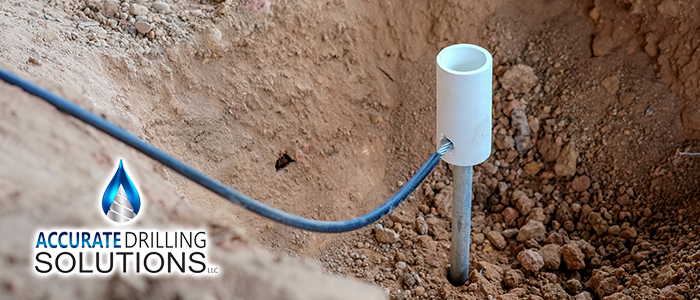
Many people often wonder, when digging wells, how do we know where to dig for water. Fortunately, technology and people’s understanding of geology has advanced to the point where digging for water is a science. In this article, we will discuss the science behind how we know where to dig for water.
What is Groundwater?
Groundwater is water that is underground in aquifers. Aquifers are the space between porous rock and sediment that house freshwater. This water replenishes when the ground absorbs rainwater or water runoff and passes it through the porous rock. The act of water passing through porous rocks acts as a natural filtration system. This leads to clean water for human consumption. Experts call the process “recharge”, where water is constantly returning to the aquifer.
Ancient Method of Finding Underground Water
If you conjure up an image of an indigenous man or woman using a stick shaped like a wishbone and walking around until it started shaking, then you are not far off. This method, called dowsing, is where a person uses materials, usually sticks but may be a metal, in a “Y” formation to feel for the water. The dowser, or the person holding the sticks, then feels the water through the sticks. It is important to note, that there has been no scientific evidence supporting the accuracy of dowsing.
Using Nature to Find Underground Water
A more accurate way ancient peoples used to find underground water, was by relying on the signs found in nature. The easiest way to know if an underground water source is nearby is through trees. Certain trees such as Acacia, Tamarind, or Neem are examples of a tree that will have branches that bend downwards toward the ground instead of upward towards the sun, as would be expected. The reason that these branches bend down towards the ground is that they are sensitive to water sources. People who know what these trees look like use them as a compass to find underground water sources.
Using Rocks
Another indicator of underground water is through examining the rocks. Since aquifers are found in the subsurface of porous rocks, the type of rocks above ground is a great indicator. In an area where the surface has limestone, sand, and/or gravel, then this is indicative that the underground is most likely made up of the same type of rocks and therefore likely to be porous enough to host an aquifer.
Access to Above Ground Water Sources
Another indicator used to determine underground water sources is above groundwater sources. If the above-ground area is located near rivers, streams, marshes, springs, and/or swampland, then there is a high chance that the subsurface also has water as well, since these water sources are often being absorbed into the ground.
The Topography of The Land
Another indicator used to determine underground water sources is the topography of the land. Since water, like all things on earth, obeys the laws of gravity, then water can be determined by the landscape. Land that slopes down from a high point, such as a valley, is more likely to have underground water, than the top of a mountain. This is because as the water is absorbed into the ground, it is still be pulling down and will follow the slope until it is flattened where it will eventually pool.
Historical Data
The last indicator used to determine where underground water is located is through historical data. Knowing what other wells have been successfully dug and built in the past and for how long is a great indicator of underground water activity. Also knowing other geological events such as historical flooding patterns, historical storms, etc. can help determine what areas are likely to have access to underground water.
continue reading
Related Posts
Pinellas Park Business Owner’s Guide to Pump Systems For business
Lake Wales: Residential Well Installation Explained For many homeowners in
Port Richey Guide to Commercial Water Systems Businesses in Port






